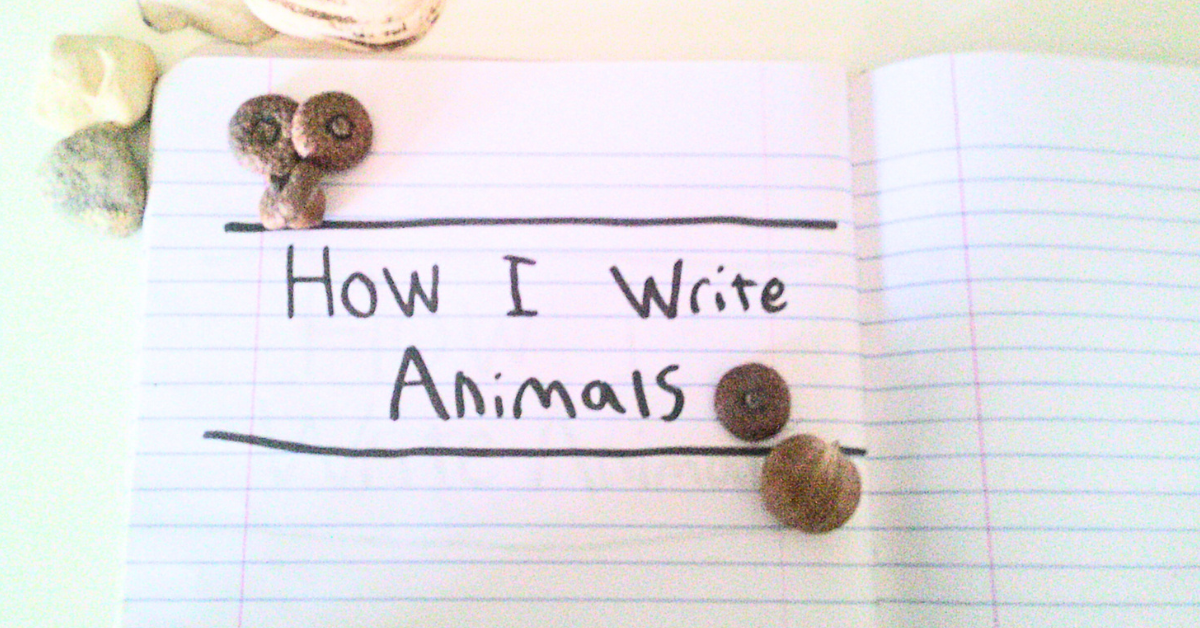Intro
I’ve loved animals for pretty much as long as I can remember, so it’s only natural that they often play a role in the things that I write. Whether they’re loyal companions that do what they can to help their humanoid friends or pesky trouble makers that help lighten the mood, I don’t really think of them all that differently from how I think about any other character.
Now, I’m going to clarify that this isn’t going to be about writing anthropomorphic animal characters—animal characters that act like people, like the ones in Zootopia and Redwall. For that, you can just do the same stuff you’d do to write a human character, but put it into an animal. This post is specifically going to be about writing more realistic animal characters, and how it’s different from—and, in some ways, similar to—writing people.
So, let’s get to it!
Think Like an Animal
Obviously, most animal species don’t think exactly the same way. The ways that different animals seem to think and process the world around them is super interesting, but you don’t have to know the specifics to write a convincing animal character. There are just some basic things that I try to keep in mind when I’m doing it.
The first is that most animals act largely based on instincts and impulses. They don’t really think about what they’re doing—at least, not the way humans do.
Another thing is that most animals don’t really have the ability to think ahead. Some of the smarter ones, like chimpanzees and dolphins, can do it to some extent, but most animals that people keep as pets—like cats, dogs, and horses, for example—don’t really do this, and these are the ones I’m the most likely to be writing.
Most of the time, these things don’t super come up during the actual writing, but it’s good to have this sort of background knowledge for if it ever does come up, and so that I know not to make the dog start scheming or something. (Unless, of course, it’s supposed to be a strangely intelligent dog.)
Animal Personalities
As everyone who’s ever lived with pets would know, animals have distinct personalities, just like people do. They have their own personal quirks, so no two animals are exactly the same.
This is something that some writers overlook, and it can make the animals in their books feel flat and like little more than glorified objects. This isn’t always a problem, of course, if the animal isn’t supposed to be very important or is just supposed to serve one specific purpose in the story and then never be mentioned again—like a horse that the protagonist is borrowing just so that they can ride it from one city to another, for example. But I always make a point of giving the more important animals personalities, just to make them seem more alive and realistic.
Finding ways to show an animal’s personality can be tricky sometimes, largely because they can’t talk and because I’m probably not going to be having any scenes written from their perspective, so the reader will never really get into their head. But you might be surprised by how much personality you can really show through just actions alone. If an animal is supposed to be shy, for example, I can make a point of showing them hiding a lot. Or, if an animal is supposed to be friendly and affectionate, I can show them going up to people for cuddles.
If I’m ever having trouble with writing animal personalities, I always think about the real life animals that I’ve known for inspiration. Thinking about how they act and interact with the world around them can be a great way to figure out how the animals in my books might do the same.
Outro
Like I said earlier, writing animals really isn’t all that different from writing people; you just have to keep in mind that their personalities and thought processes are often simpler, and that they’ll express their emotions in different ways. Once you’ve got that locked in, it’s easy.
Thanks for reading, and be sure to check back later this month for the next book recommendation!












